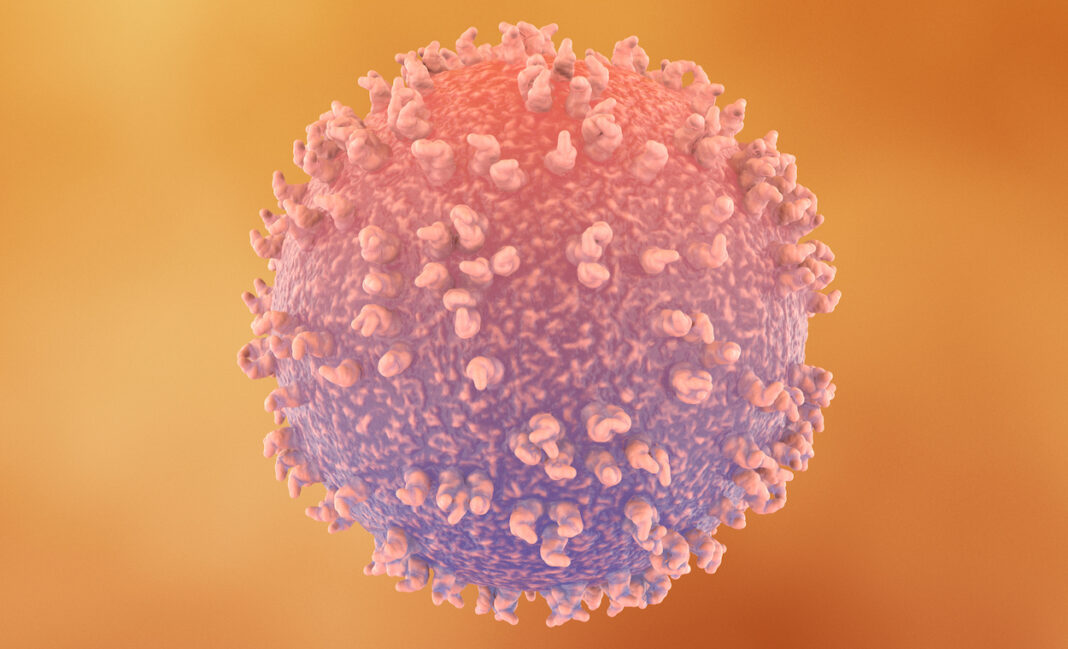A novel gene therapy approach that repairs autologous, long-lasting T cells ex vivo may offer hope to patients with familial hemophagocytic lymphohistiocytosis (FHL), an inherited immune deficiency characterized by severe systemic hyperinflammation.
Researchers from the Max-Delbrück-Center for Molecular Medicine in the Helmholtz Association (MDC) were successful in repairing mutations in T cells from a mouse model of FHL and two separate pediatric patients with FHL by creating a CRISPR-Cas9 system based on adeno-associated virus (AAV). These findings pave the way for the clinical application of autologous T-cell therapy in FHL patients and maybe other primary immunodeficiencies based on monogenic T cells.
The article, “Precise CRISPR-Cas9 gene repair in autologous memory T cells to treat familial hemophagocytic lymphohistiocytosis,” was published in Science Immunology.
Homology-directed repair-based gene therapy
Since only about half of FHL patients survive long-term overall, there is an immediate clinical need to improve treatment side effects and outcomes. The condition manifests in early infancy, typically within the first six months after birth. Although hematopoietic stem cell transplantation (HSCT) is a viable treatment option for FHL, the disease’s high mortality rate highlights the need for additional, more targeted treatments like gene therapies.
Perforin-1 (PRF1) and Munc13-4 (encoded by UNC13D), which cause FHL2 and FHL3, have complete loss or severely compromised function in about two-thirds of children with FHL. PRF1 is a cytolytic effector protein and a main part of the cytolytic granules that help target cells be destroyed by osmosis. Munc13-4, on the other hand, is needed for the release of the contents of the lytic granules.
The novel technique, developed by graduate student Xun Li and colleagues, combines a CRISPR-Cas9-induced double-stranded DNA break (DSB), an AAV-delivered DNA donor template for homology-directed repair (HDR), and an inhibitor of nonhomologous end joining (NHEJ). They used electroporation to introduce Cas9-sgRNA complex-containing ribonucleoprotein particles (RNPs) into cells, and then they used AAV infection to deliver repair templates.
Li and colleagues utilized AAV-templated CRISPR-Cas9-mediated gene correction to restore PFR1-deficient memory T cells in a proof-of-concept study. They created gene correction strategies in human T cells based on CRISPR-Cas9-AAV6 to fix PRF1 and UNC13D mutations. They successfully expanded and repaired T cells isolated from pediatric patients with FHL2 and FHL3, restoring CD8 T cell cytotoxicity.
Findings from this study point to the possibility of gene repair using autologous T cells as a therapeutic option for FHL in humans. They say that the T cell gene repair strategies they created can be used to fix the genes of people with other primary immunodeficiencies that are based on monogenic T cells and also for other, less common types of FHL.


